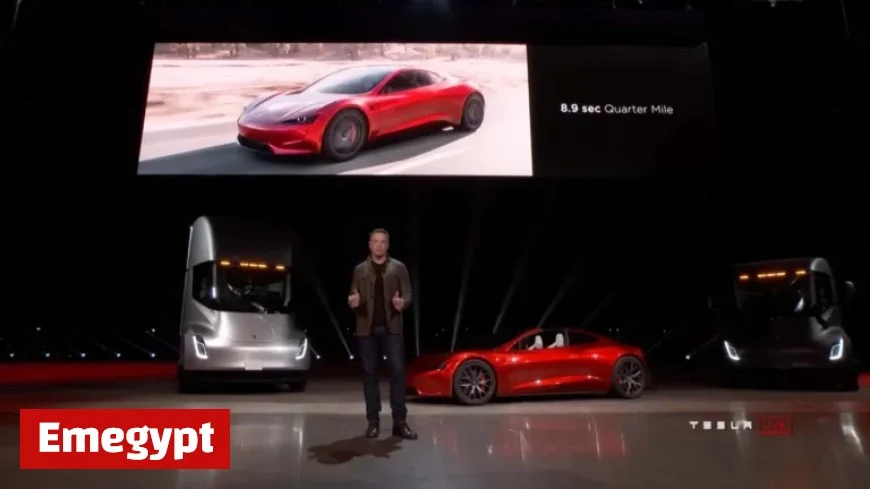Abandon Hope: The 2020 Tesla Roadster Won’t Materialize

The anticipated arrival of the 2020 Tesla Roadster appears more elusive than ever. Initially revealed in 2017, this second-generation electric supercar has faced numerous delays, pushing its production timeline further into the future.
Delay Timeline of the Tesla Roadster
The first Tesla Roadster emerged in the late 2000s as a strategy to establish Tesla’s credibility. Following its success, the company revealed the Roadster 2.0 in 2017 alongside the mass-market Model 3. However, a series of postponements has marred the Roadster’s release:
- 2017: Roadster 2.0 unveiled with bold specifications.
- 2021: Initial production anticipated.
- 2022: Delays extended production timeline.
- 2023: Pandemic-related supply chain issues further postponed plans.
- 2024: CEO Elon Musk suggested “hoping” for production to start.
- 2027: Latest estimate shared by head designer Franz von Holzhausen for customer deliveries.
Impressive Specifications and Features
Despite the delays, the Roadster’s promised features continue to excite fans. It’s touted to reach zero-to-60 mph in under one second and includes a “SpaceX Package” with cold-air thrusters for short-distance hovering capabilities.
In a recent podcast appearance, Musk hinted that a prototype demonstration could occur soon, prompting renewed speculation about the vehicle’s future.
Tesla’s Current Business Challenges
While the excitement surrounding the Roadster persists, Tesla’s car business faces significant issues. Sales have been declining, and the latest Model 3 and Model Y updates have not reversed this trend. As of 2024, the company is projected to experience its second consecutive year of declining deliveries.
- The end of the electric vehicle tax credit further complicates matters for Tesla.
- Increasing calls for new models highlight a gap in Tesla’s strategy.
- The Roadster’s high pricing limits its market appeal, especially amid financial uncertainties.
Future Directions for Tesla
As analysts and investors request updates on Tesla’s forthcoming models, their focus remains on affordable electric vehicles rather than the costly Roadster. The company’s commitment to innovative products is evident with the Cybertruck and planned robotaxi, the Cybercab. However, unresolved challenges surrounding these vehicles raise questions about their market readiness.
As Tesla navigates a challenging landscape, it must weigh the benefits of developing high-cost flagship models like the Roadster against market demands for more accessible options.
In conclusion, the future of the Tesla Roadster remains uncertain. While its groundbreaking features promise to be revolutionary, the delays and current market needs suggest that the company might benefit from redirecting its focus towards expanding its lineup with more practical, mass-market vehicles.
































